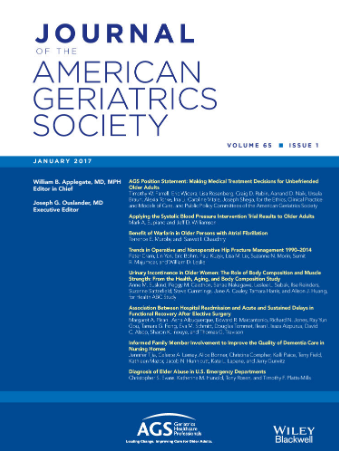Long-Term Exposure to Non-Steroidal Anti-Inflammatory Medication in Relation to Dementia Risk
Abstract
Background
Non-steroidal anti-inflammatory (NSAID) medication could reduce dementia risk due to anti-inflammatory and possibly amyloid-lowering properties. However, the results of observational studies and short-term randomized-controlled trials have been inconsistent, and duration and dose–response relationships are still unclear.
Methods
We included 11,745 dementia-free participants from the prospective population-based Rotterdam Study (59.5% female, mean age 66.2 years). NSAID use from 1991 was derived from pharmacy dispensing records, from which we determined cumulative duration and dose. We defined four mutually exclusive categories of cumulative use: non-use, short-term use (< 1 month), intermediate-term use (between 1 and 24 months), and long-term use (> 24 months). We determined the association with dementia risk until 2020 using Cox regression models, including NSAID use as a time-varying exposure. Models were adjusted for lifestyle factors, comorbidity, and comedication use. We repeated the analyses stratified by previously established amyloid-β lowering properties of different NSAIDs.
Results
During an average follow-up period of 14.5 years, a total of 9520 (81.1%) participants had used NSAIDs at any given time, and 2091 participants developed dementia. Use of NSAIDs was associated with lower dementia risk for long-term users (HR [95% CI]: 0.88 [0.84–0.91]), and a small increased risk with short-term use (HR [95% CI]: 1.04 [1.02–1.07]) or intermediate-term use (HR: 1.04 [1.02–1.06]). The cumulative dose of NSAIDs was not associated with decreased dementia risk (HR for ≤ 25th percentile: 1.06 [1.03–1.09], 26–50th percentile: 1.02 [0.99–1.05], 51–75th percentile: 1.03 [0.99–1.06], > 75th percentile: 0.99 [0.96–1.02]). Associations were somewhat stronger for long-term use of NSAIDs without known effects on amyloid-β than for amyloid-lowering NSAIDs (HR [95% CI]: 0.79 [0.74–0.85] versus 0.89 [0.85;0.93]).
Conclusion
Long-term NSAID use, but not cumulative dose, was associated with decreased dementia risk. This suggests that prolonged rather than intensive exposure to anti-inflammatory medication may hold potential for dementia prevention.


 求助内容:
求助内容: 应助结果提醒方式:
应助结果提醒方式:


